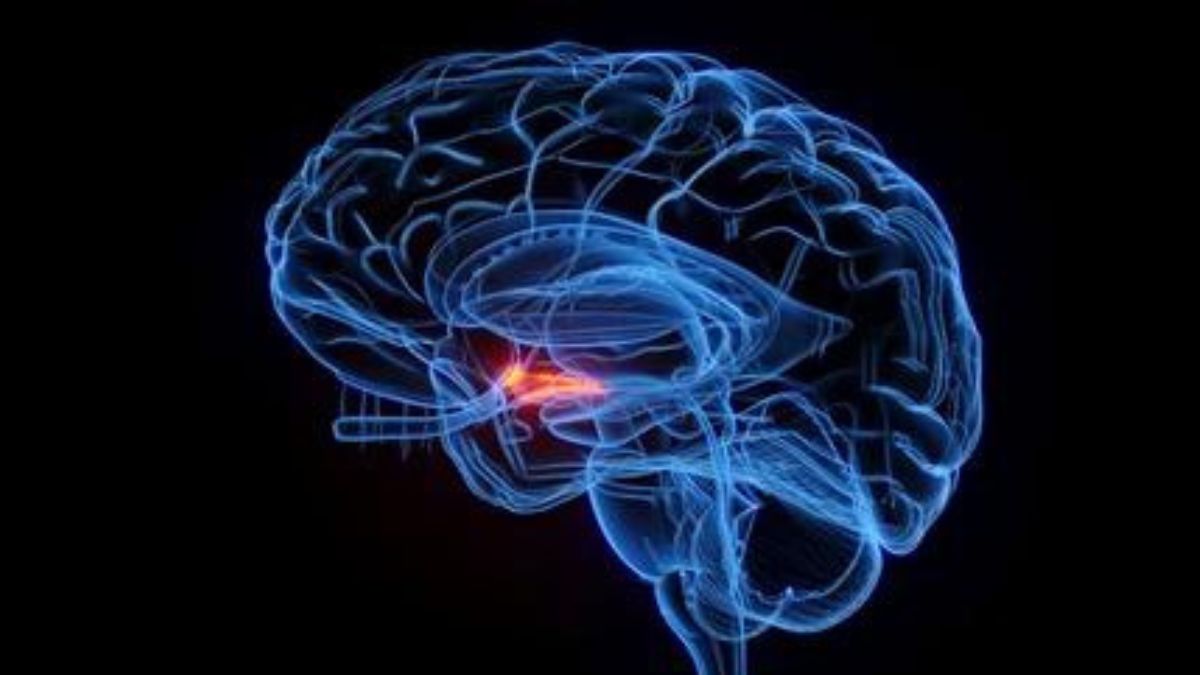The superior colliculus (SC) is defined as a structure in the midbrain that is among the brain circuits for the transformation of sensory input into movement output. The major function is orienting the animal, particularly with eye movements, to objects of interest outside the world.
The superior colliculus also indicates the protuberance of the (anterior) curve in the lateral (side) part of the midbrain. In fact, it is a pair of two colliculi, superior and inferior, on each side of the midbrain. These together form the tectum.
More About the SC?
The superior colliculus is a layered, multi-sensory structure. Its upper layer collects visual signals from the retina of the eye.
However, the lower layers process multiple signals from various other parts of the brain. This colliculus has no restriction on a visual role alone. It assists with the orientation of the eyes and head.
Some parts stick out in the direction of the spinal cord region. This key projection assists the head to respond to several sensory stimuli.
Where is the superior colliculus?
There are two superior colliculi in the midbrain. This colliculus is symmetrically positioned, one on either side of the midline of the brainstem; they also form two bumps on the posterior external surface of the brainstem.
They are just below the thalamus and above the two inferior colliculi. The superior colliculus refers to the tectum or optic tectum in non-human vertebrates.
What are the Functions?
Although the complete scope functions that can be an attribute to the superior colliculi have not been fully delineated. The superior colliculi are also understood to be important in directing behavioral responses toward stimuli in the environment.
In other words, the superior colliculus seems to be able to receive more data from the environment thereby using that data acquired to initiate a behavioral response appropriate to the current environmental context.
For example, if you were sitting in the stands at a baseball game and someone hit a home run, you would follow the ball with your head and eyes.
This behavioral response involving an environmental stimulus would involve the superior colliculi.
In fact, eye and head movements like this are the most-studied Functions, but the structure is thought to be involved in a variety of other responsive movements as well.
More on the functions of the SC
This consists of several layers of cells, which the anatomists have divided into so-called superficial and deep layers. The superficial layers appear to receive visual information mainly from the retina and the visual cortex, while the deep layers receive information from the auditory, visual, and physical systems.
The deep layers also appear to be the place where the motor functions of the superior colliculus originate because the stimulation of neurons in these layers can produce a variety of movements.
Different layers of the superior colliculus
The different layers contain what people refer to as topographic maps for the sense modalities they process information from.
The term topographic map neuroscience is often used to refer to an organization where sensory input from a particular region of the body is being sent to a particular area of the central nervous system.
For instance, information arising from a particular part of the visual field is sent to a corresponding region of the superficial layers of the superior colliculus.
Because all of the layers have similar topographic settings, it also allows for the rapid integration and enhancement of signals that arrive via multiple sense modalities (e.g. vision and hearing).
Because the motor areas of the superior colliculus have a similar topographic arrangement as the sensory areas, it, however, allows for the rapid initiation of motor responses to incoming sensory data.



 Jobi.ng
Jobi.ng




